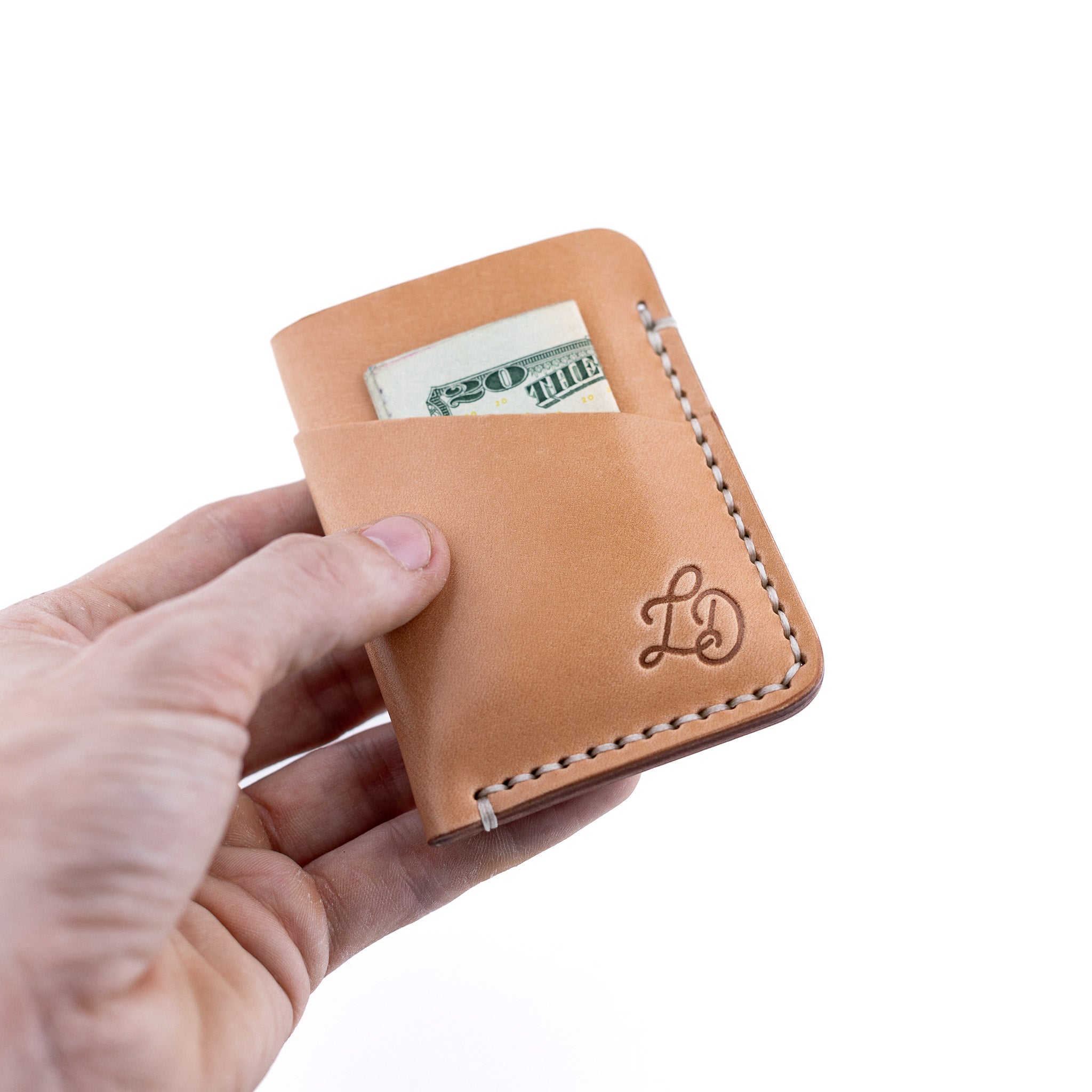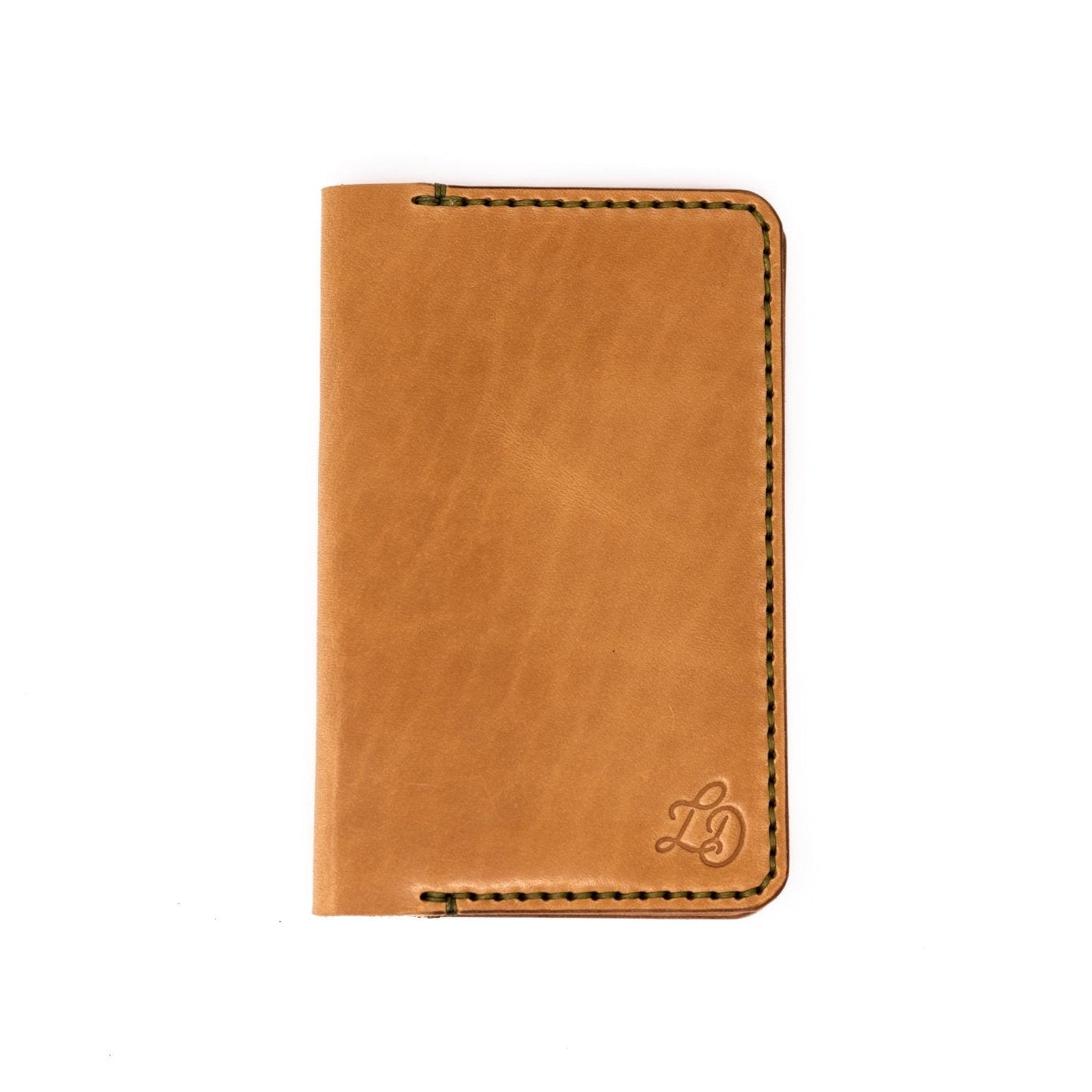
Minimalist Wallets vs Traditional Bifold Wallets: A Complete Comparison
A wallet may seem like a small accessory, but it plays a surprisingly central role in everyday life. It’s in your pocket or bag every time you leave the house, it accompanies you to the office, the grocery store, the airport, and even long after you’ve switched from cash to digital payments. The type of wallet you choose affects not just how you carry your essentials but also how you feel throughout the day.
For decades, Traditional Bifold Wallets have dominated, offering storage, familiarity, and a sense of preparedness. But in recent years, the Minimalist wallet has surged in popularity, driven by digital payments, urban living, and a growing desire for simplicity.
This isn’t just a matter of style. The difference between these two wallets reflects different philosophies about life, organization, and values.
The Rise of the Minimalist Wallet
Minimalist wallets didn’t appear by accident. They’re a response to the bulk and discomfort many people experience with traditional designs.
Imagine sitting through a long drive with a thick wallet pressing into your back pocket. The discomfort isn’t just annoying; it can actually affect posture and cause aches over time. For many, this is the turning point that pushes them toward slimmer designs.
The Minimalist wallet emerged to solve that problem. It trims away excess layers and compartments, focusing only on the essentials. It encourages intentionality: only carry what you truly need. Instead of receipts, unused loyalty cards, and expired passes, you keep your ID, a debit card, a credit card, and maybe a few bills.
Wallets like The Vertical Dutchman embody this new approach. They’re slim, elegant, and crafted for quick access, sliding easily into a front pocket without disrupting comfort or silhouette.
Analogy: Carrying a minimalist wallet is like switching from a heavy briefcase to a lightweight laptop bag. Both carry essentials, but one makes you feel lighter and more agile.
The Legacy of the Bifold
Before the rise of minimalism, Traditional Bifold Wallets were the gold standard. Their familiar folding design has been passed down for generations, often becoming a man’s first “real” accessory. Fathers gave them as gifts, and they became part of coming-of-age rituals.
The bifold’s appeal lies in its capacity. With multiple card slots, a bill compartment, and sometimes extra flaps or ID windows, it’s built for the person who likes to have everything within reach. Insurance cards, business cards, multiple bank cards, and even receipts all find a home in a bifold.
When built with care, bifolds don’t just carry, they endure. The Dutchman, for instance, is designed to hold up to 12 cards and bills while maintaining a slim profile. Unlike overstuffed mass-market wallets, it balances capacity with craftsmanship.
The bifold isn’t about minimalism, it’s about readiness. It offers peace of mind knowing you can handle situations that require more than just a debit card.
Comfort and Carry: A Daily Experience
Comfort is often underestimated when choosing a wallet, yet it’s the factor you notice most in daily life.
Minimalist wallets excel here. Their design makes them ideal for front-pocket carry, eliminating the uncomfortable bulge of a back-pocket wallet. For city commuters, frequent travelers, or anyone constantly sitting and standing throughout the day, this difference is immediately felt.
Bifolds, especially when overloaded, can create bulk that’s hard to ignore. The classic back-pocket placement may be convenient, but over time it can cause uneven sitting and even contribute to “wallet sciatica,” a discomfort some doctors trace back to carrying thick wallets.
That doesn’t mean bifolds are inherently uncomfortable. A well-designed, slim bifold like The Franklin proves that comfort and capacity can coexist. It’s crafted with a stitch-less design from a single piece of leather, making it thinner than most department-store wallets while still practical.
Organization and Storage
When it comes to carrying capacity, Traditional Bifold Wallets win outright. For professionals who manage multiple cards, business owners who track expenses, or anyone who likes having options, the bifold delivers.
Minimalist wallets flip the script. They encourage a daily edit of what matters most. Instead of carrying ten cards “just in case,” you focus on four or five you actually use. This reductionist approach helps cut clutter and makes finding what you need faster.
Story: One customer explained how switching to a minimalist wallet changed more than his carry. It forced him to digitize loyalty cards, store insurance cards in an app, and eliminate paper clutter. His wallet went from a filing cabinet to a sleek, everyday tool.
Durability and Craftsmanship
Both wallet types can last decades, when made well. The material and method are what count.
Lost Dutchman builds both minimalist and bifold wallets from full-grain leather, the strongest and most authentic part of the hide. Unlike corrected or bonded leather, full-grain retains its natural fibers, making it far more resistant to stretching and cracking. Over time, it develops a patina that tells a story unique to the owner.
Minimalist designs like the Mini Franklin are cut from a single piece of leather, eliminating weak points. Bifolds, on the other hand, showcase saddle-stitching, a time-tested technique where each stitch is hand-sewn with two needles, creating seams that won’t unravel.
Whether you choose slim or traditional, quality craftsmanship makes the difference between a wallet that falls apart in a year and one that becomes an heirloom.
Security in the Digital Age
Security concerns have shifted. With more contactless cards in circulation, many people worry about RFID skimming.
Minimalist wallets often integrate RFID-blocking technology as part of their modern appeal. While not always necessary, it provides peace of mind for travelers and urban professionals.
Traditional bifolds may not always feature built-in RFID protection, but their secure construction and card grip ensure physical safety. Pairing either type with accessories like the AirTag Keyring adds another layer of protection, helping track belongings in case of loss.
Lifestyle Fit: Who Benefits Most?
The Minimalist Wallet User
-
Lives in cities or travels often.
-
Uses tap-to-pay or mobile payments frequently.
-
Wants comfort, speed, and simplicity.
-
Prefers intentional living and carrying less.
The Bifold Wallet User
-
Needs multiple cards daily for work or personal life.
-
Frequently carries cash or paper items like receipts.
-
Values tradition and preparedness.
-
Wants a familiar, all-in-one accessory.
Neither type is universally better. The real choice is whether you value streamlined efficiency or comprehensive readiness.
The Future of Wallets
The evolution of wallets isn’t over. As technology advances, so do designs. Minimalist wallets already incorporate tracking technology and ultra-slim formats. Bifolds, meanwhile, continue to adapt, slimming down without losing their traditional charm.
Brands like Lost Dutchman Leather prove innovation doesn’t mean abandoning heritage. Their wallets collection combines old-world craftsmanship with modern design needs, ensuring both minimalist and bifold users find something tailored to them.
Complementary goods reflect this same philosophy. The Lanyard – Large offers functional durability, while the Catch-All tray brings craftsmanship into the home. Every piece reflects the same values: quality, longevity, and timeless design.
Final Thoughts
The debate between a Minimalist wallet and Traditional Bifold Wallets isn’t about which is “best.” It’s about which is best for you. Minimalist wallets shine in simplicity, comfort, and modern adaptability. Bifolds excel in tradition, organization, and readiness.
The one common denominator that matters most is quality. Whether slim or spacious, a wallet made from full-grain leather, stitched with care, and designed for longevity will serve faithfully for decades.
Explore the full Wallets Collection at Lost Dutchman Leather. Whether your choice is the sleek Franklin, the classic Dutchman, or the versatile Vertical Dutchman, you’ll find craftsmanship that matches your lifestyle. For personal guidance, get in touch with the team, and we’ll help you find the perfect fit.
Because the best wallet is the one that doesn’t just hold your essentials, it becomes essential itself.


